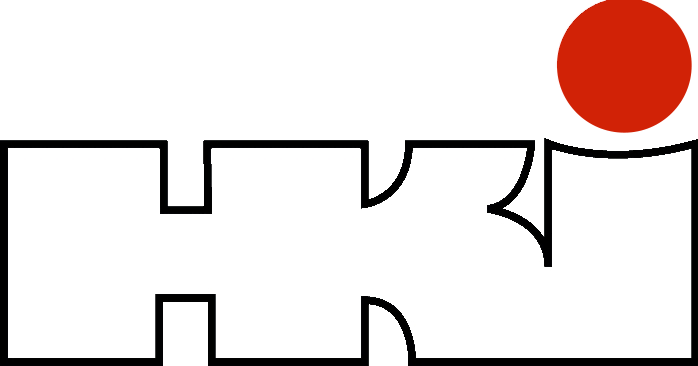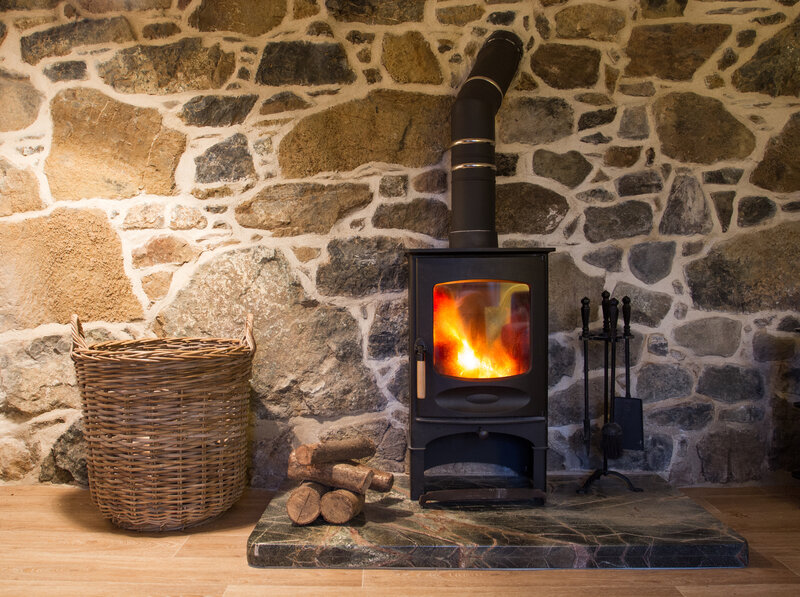Since 2010, new stoves may only be placed on the market if they first prove in a type test that they comply with the limit values of the 1st Federal Immission Control Ordinance (1st BImSchV) in the field of dust and carbon monoxide. Stoves built before 2010 must also comply with such - although lower - limit values. If appliances in use can no longer do so, the permitted use depends on their age. On the back of each appliance you will find various data about the appliance on the so-called type plate, including the date when the appliance was built.
The statutory deadlines according to the 1st BImSchV
|
Date on the type plate |
Time of retrofitting or taking out of operation |
|
up to and including 31 December 1974 or date can no longer be determined |
31. December 2014 |
|
1. January 1975 until 31. December 1984 |
31. December 2017 |
|
1. January 1985 until 31. December 1994 |
31. December 2020 |
|
1. January 1995 up to and including 21. March 2010 |
31. December 2024 |
For example, existing (§ 26) single-room heating appliances for solid fuels that were built before 22 March 2010 may only continue to be operated if they comply with the following limit values:
- Dust: 0.15 g/m³
- Carbon monoxide: 4 g/m³
The necessary proof of compliance with the limit values can be provided by presenting a test certificate from the manufacturer or by a measurement from the responsible chimney sweep. If the appliance does not pass a subsequent check, it may only be operated for a certain period of time. After that, it must be replaced or decommissioned. Alternatively, the appliance could be retrofitted with a dust collector to avoid decommissioning. Exemptions apply to certain types of single-room heating appliances such as cookers, base stoves, open fireplaces, stoves built before 1950 or stoves that are responsible for the sole heat supply of the house.

